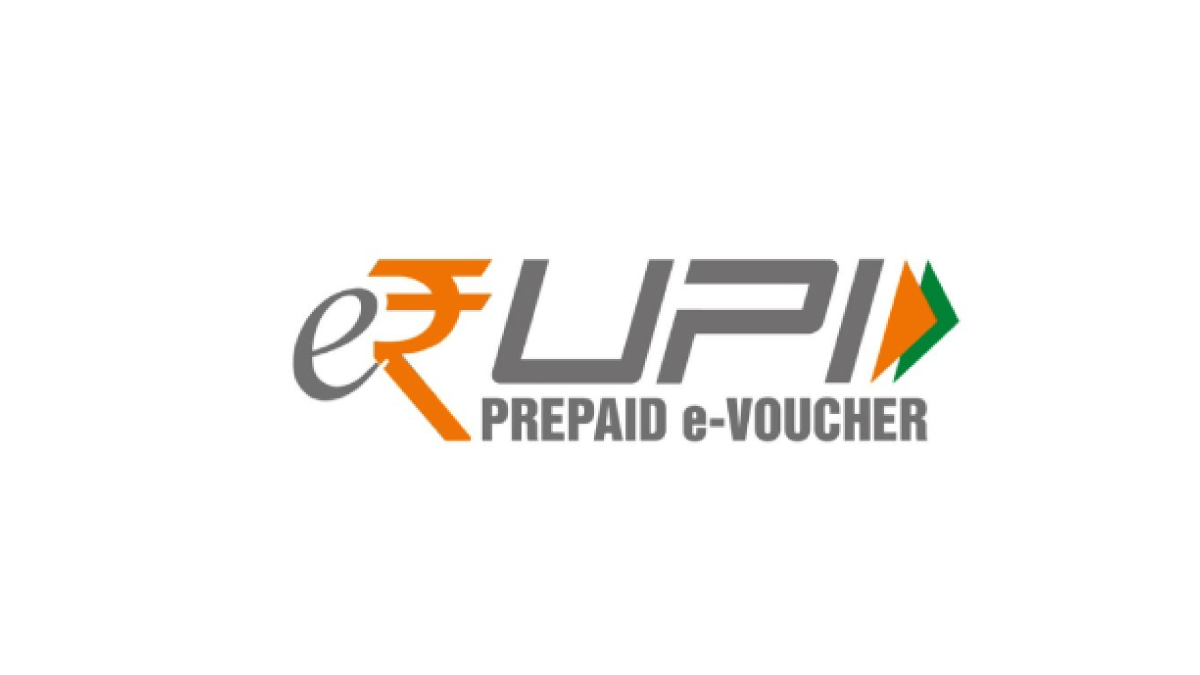Prime Minister Narendra Modi introduced e-RUPI, a cashless and contactless person- and purpose-specific digital payment system, through video conference on Monday.
The Prime Minister, speaking at the inauguration, stated that the e-RUPI voucher will play a significant role in making DBT more effective in digital transactions in the country, as well as adding a new dimension to digital governance. This will benefit everyone in terms of delivering targeted, transparent, and leakage-free services. He described e-RUPI as a symbol of India’s success in terms of integrating technology into people’s lives.
“Today the country is giving a new dimension to digital governance. e-Rupi voucher is going to play a huge role in making digital transactions, and direct benefit transfers more effective.This will help everyone in targeted, transparent and leakage free delivery,” the Prime Minister said while launching e-Rupi.
In addition, he said, “Not only the government but if a non-government organisation wants to support anyone in their education or medical treatment, then they can use e-Rupi instead of giving cash. This will assure that the amount donated is being used only for the said work.”
So, What Exactly Is E-RUPI?
It’s an e-voucher with a QR code or SMS string that’s sent to the recipients’ phones. Users of this one-time payment mechanism enables the user to redeem the voucher at the service provider without the need of a card, a digital payment app, or online banking.
It was created by India’s National Payments Corporation in conjunction with the Ministry of Finance, the Ministry of Health, and the National Health Authority.
The e-RUPI system is based on mobile phones and is designed to be a one-time payment method. On a mobile phone, a beneficiary will get a QR code or SMS string-based e-voucher that may be redeemed at the service provider. It can be used at a hospital or health centre without the requirement for a card, digital payments app, or online banking access.
The e-RUPI system, according to the PMO, may be used to “provide services under schemes designed for giving medicines and nutritional assistance under Mother and Child Welfare schemes and TB eradication programmes.”
It would also be used to expand medications and diagnostics through programmes like Ayushman Bharat Pradhan Mantri Jan Arogya Yojana — the national health insurance scheme for lower-income families — fertiliser subsidies, and so on, with the Union Health Ministry and NHA as partners.

